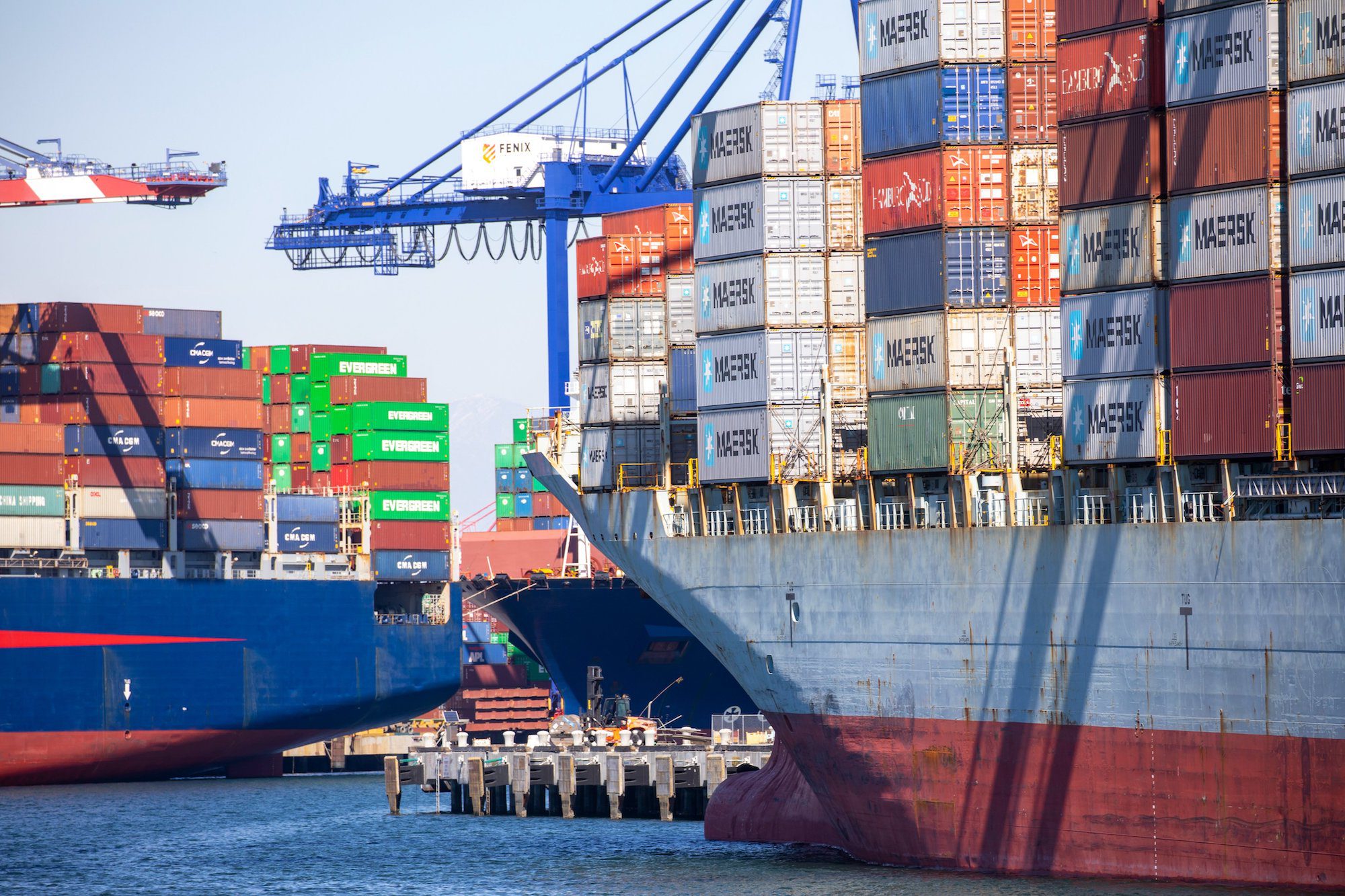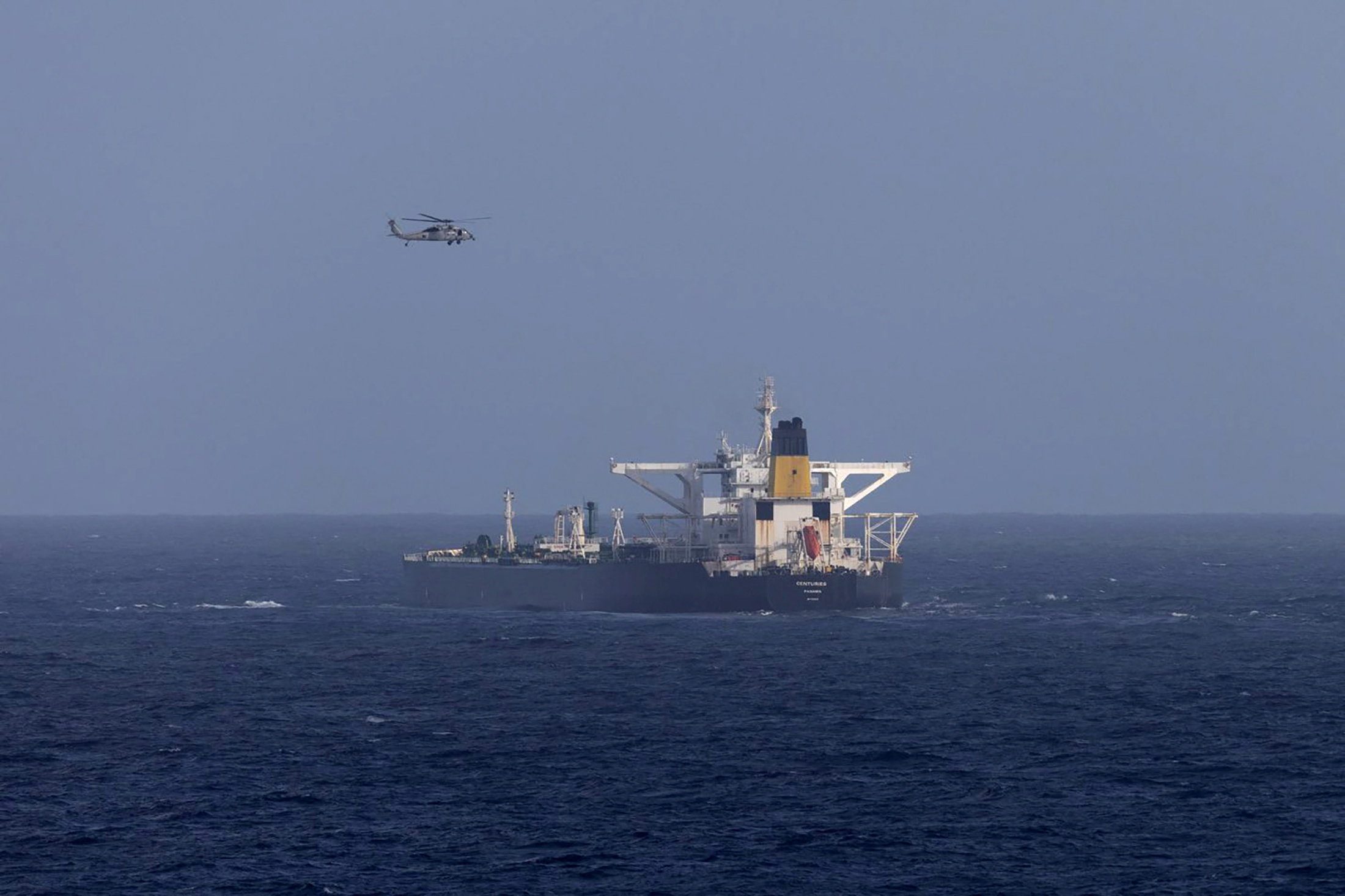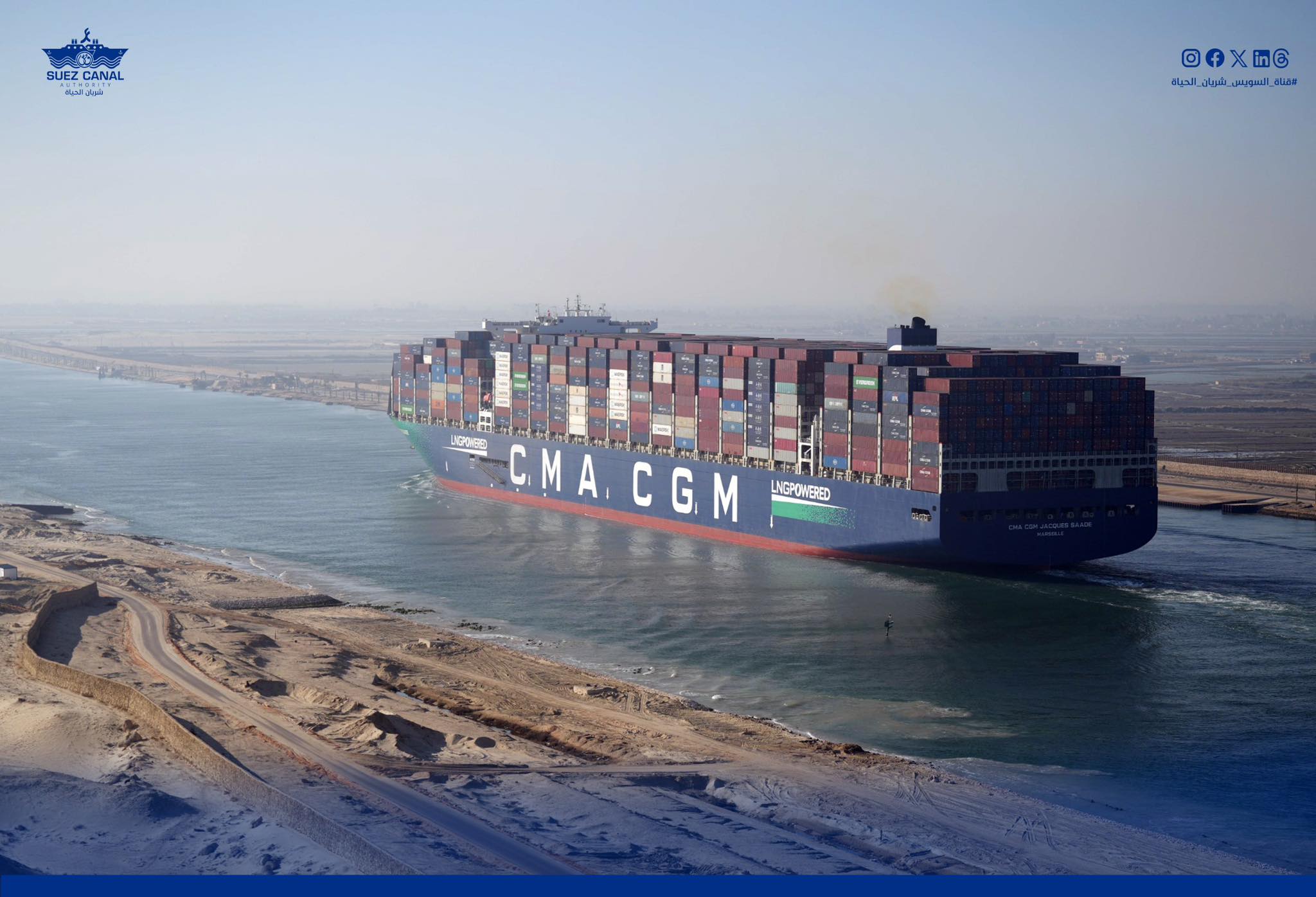The Port of Los Angeles reported processing 857,764 TEU in February, marking the busiest February on record for the nation’s top port for containerized imports.
The total volume, which is up more than 7.3% compared to the same month last year, shows continued improvements in “container terminal velocity” at the port, giving some hope that marine terminals can be cleared before ship arrivals pick back up in the coming months. It also marks back-to-back monthly records to start 2022, reversing three months of year-over-year declines to end 2021.
“The combined efforts of dock workers, terminal operators and our waterfront partners have improved fluidity and productivity,” said Port of Los Angeles Executive Director Gene Seroka. “Since November, we’ve been able to increase the number of containers leaving our docks by 16%.”
“We’re taking advantage of the temporary lull in ship arrivals due to the Lunar New Year production slowdown in Asia to prepare for another wave of imports,” Seroka added. “We expect an increase in those vessel arrivals soon as retailers begin to replenish their low inventories.”
February 2022 loaded imports reached 424,073 TEUs, increasing 2.7% compared to last year. Loaded exports came in at 95,441 TEUs, down 5.7% year-over-year. Exports have now declined 36 of the last 40 months in Los Angeles.
Empty containers climbed to 338,251 TEUs, a jump of 18.6% compared to last year due to the continued heavy demand in Asia.
Two months into 2022, overall cargo volume has reached 1,723,360 TEUs, a 5.4% increase compared to the first two months of 2021.
Seroka announced the February data during a virtual media briefing, where he was joined by Dee Dee Meyers, Director of the California Governor’s Office of Budget and Economic Development (GO-Biz), who outlined Gov. Gavin Newsom’s planned record investment of $2.3 billion for California ports in the upcoming state budget.
The Port of Long Beach, Los Angeles’ neighbor at the San Pedro Bay Port Complex, also reported a record month in February, handling 796,560 TEUs, up 3.2% from February 2021.
Both ports have continued to postpone the “Container Dwell Fee,” reporting a combined decline of 64% in aging cargo on the docks since the program was announced on Oct. 25.
Meanwhile, the latest figures released by the Marine Exchange of Southern California shows the containership backup at 43 ships as of March 14, down from a peak of 109 in early January. The backup is now the lowest it’s been since late August/early September 2021.

 Join The Club
Join The Club











